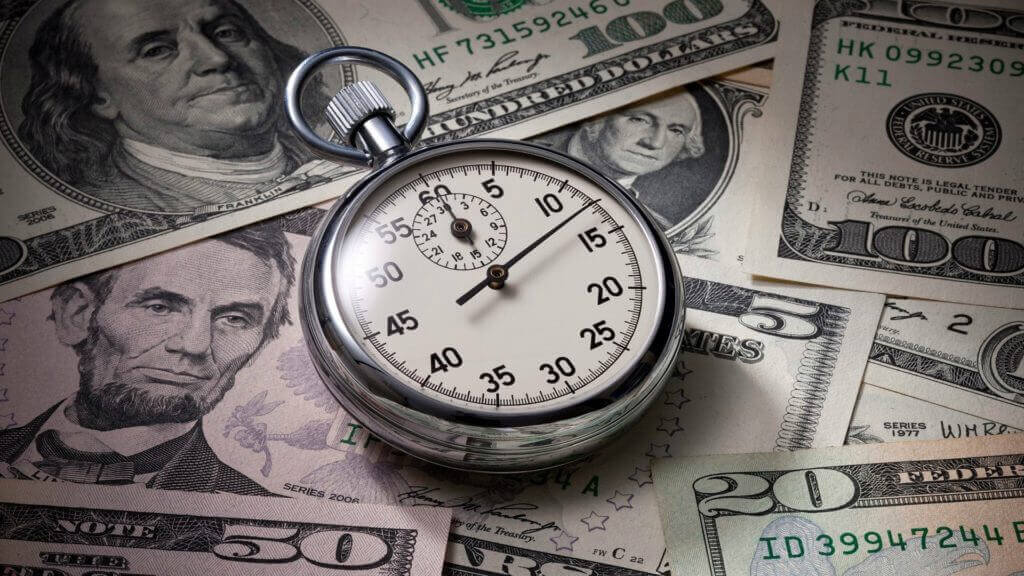
Dynamic Pricing Strategy in Hotels, Airlines practice it. So do online retailers and sports event organizers. Should hotels be an exception, then?
NB: This is an article from RateGain
Dynamic Pricing Strategy in Hotels – Dynamic pricing, also known as time-based pricing, is a revenue-management strategy employed by various industries, involving real-time tweaking of prices of products or services on the basis of their demand and supply.
Subscribe to our weekly newsletter and stay up to date
Dynamic pricing in the hotel Industry
Thanks to sophisticated technology and the internet, the pricing operations of hotels have never been more efficient and profitable. Hotels now have much headroom to experiment with revenue management approaches. We now witness their drift from the old fixed pricing approach, wherein the prices of every factor of booking, right from the rate of room to the length of stay would be categorically fixed and the only variable factor would be the number of rooms allotted to each category.
Now, RMs can do quite the opposite. Through regular checks on demand and availability of rooms, the prices can be changed immediately to maximize sales and earn more profits every day.
At low demand levels, low rates can aid in attracting guests and as the demand increases, so can the prices. Of course, customer segments would still be categorized on the basis of their preferences, types of rooms and time of arrival. But the prices for each category will be dictated by the forces of supply and demand. And, pricing managers can do all this with just a mouse-click and a revenue management system in place!
A GBTA Survey on 200 travel managers revealed that 22 percent of them had started using the dynamic pricing method and were already leveraging it with at least one hotel company. This betokens a positive reception of the new approach by the industry.
Revenue managers described the below-mentioned benefits of dynamic pricing, using the pricing structure:
- Cost savings – 47% of adopters
- Access to more types of rooms – 33%
- Transparency of rates – 25%
(Source: GBTA)
So, how does the dynamic pricing work?
Hotels can start the day with a pre-determined forecast of bookings till a specific time of day, say afternoon. If the number of bookings exceeds or meets the estimate by that time, new and increased prices can be quoted for the next bookings owing to the observed demand surge. On the flip side, lower prices can be quoted if the bookings fail to match the forecast.




